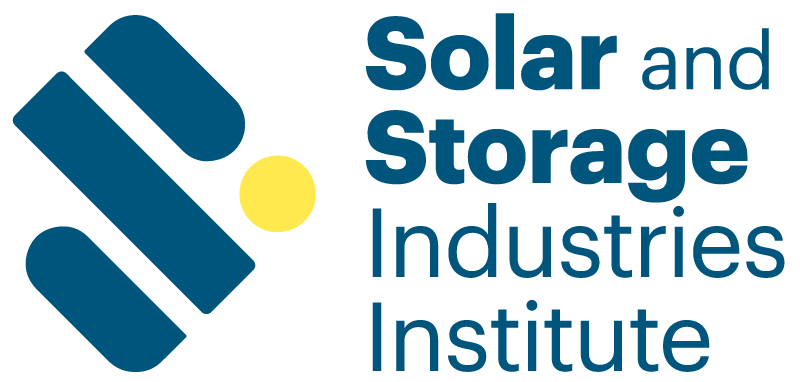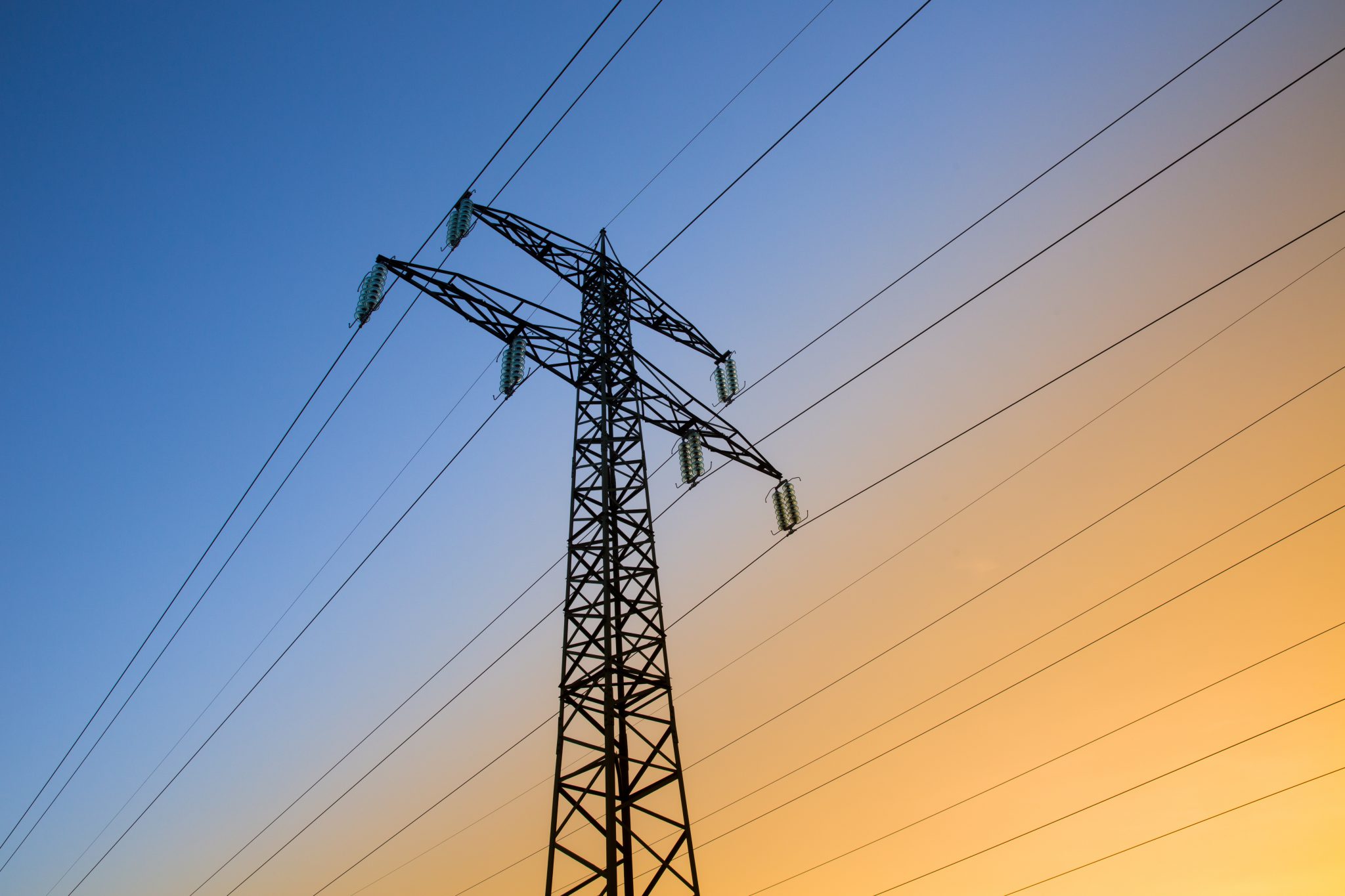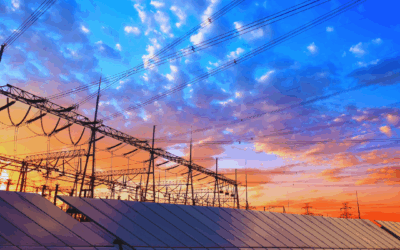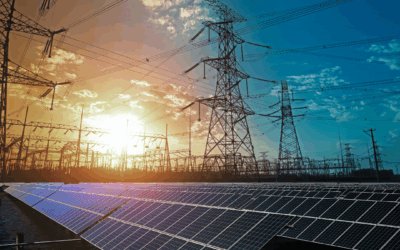For the first time in more than two decades, utilities and regulators across the country are facing a new dilemma: how to meet soaring electricity demand driven by the growing digital AI economy and increased consumption, contributing significantly to the rise in energy demand.
Until recently, electricity growth and demand has been stagnant. With the rise of new data centers, increases in electrification and domestic manufacturing, the landscape is now changing fast and utilities need to keep pace with rising energy demands.
For example, tech company electricity consumption (Google, Meta, Apple & Microsoft) has been growing by 23% per year since 2020, further contributing to the demand for energy.
Rising Energy Demand and Solar Growth: A Perfect Opportunity
Solar is rapidly growing. The U.S. installed a record-breaking 50 gigawatts of new solar capacity in 2024- the most installed in a single year and more than any other energy source over the past two decades.
Given this rise, solar energy must play a central role in helping utilities meet increased demand for energy.
Unlike traditional power plants, which require years to plan and build and can’t meet immediate needs, developers can deploy Distributed Energy Resources (DERs) like community solar quickly and install them much faster. Despite this rapid scalability potential of solar, solar projects in the U.S. are facing delays due to the high costs of grid upgrades.
This is increasing costs and market uncertainty for developers and subsequently affecting the demand for energy solutions.
How Flexible Interconnection Can Accelerate Community Solar Projects
Flexible interconnection (FIX) offers a solution to these challenges now. FIX is a suite of different options that help better match solar project output to grid conditions that helps to avoid the need for expensive infrastructure upgrades, essential in managing energy demands. Think of it like a cop directing traffic onto the grid itself.
Our recent report demonstrates the positive impacts of flexible interconnection on community solar projects’ output and revenue.
As part of this, Pacific Northwest National Laboratory conducted extensive modeling work to demonstrate the impacts of flexible interconnection on “real life” community solar project output and revenue. The results confirm that flexible interconnection can significantly alleviate grid delays by allowing solar projects to connect to the grid without requiring and/or, waiting for costly infrastructure upgrades.
This expedited process enables community solar projects to generate electricity and revenue sooner, thus addressing energy demand more effectively, increasing financial stability for project developers and communities. Flexible interconnection not only speeds up connecting projects but also provides immediate financial returns.
Why Flexible Interconnection Is a Smart Business Decision
Our analysis also reveals that in some cases, flexible interconnection can generate 176% more revenue over a project’s lifetime. All systems benefit from flexible interconnection, and each of the models showed that implementing flexible interconnection now always outweighs waiting for a major upgrade.
This is particularly important for developers. Understanding how curtailment impacts revenue is critical for business decisions, especially when addressing rising energy demand.
The findings show that curtailment under flexible interconnection is limited, with “solar-only” curtailment at just 10% of yearly exports, for sites with variable hosting capacity.
Flexible Interconnection and Industry Adoption
To meet more immediate energy needs, regulators must act quickly to create pathways that move flexible interconnection into the mainstream. Fast-tracking community solar projects through flexible interconnection is a vital step toward addressing the growing demand for energy and achieving energy independence and dominance.




